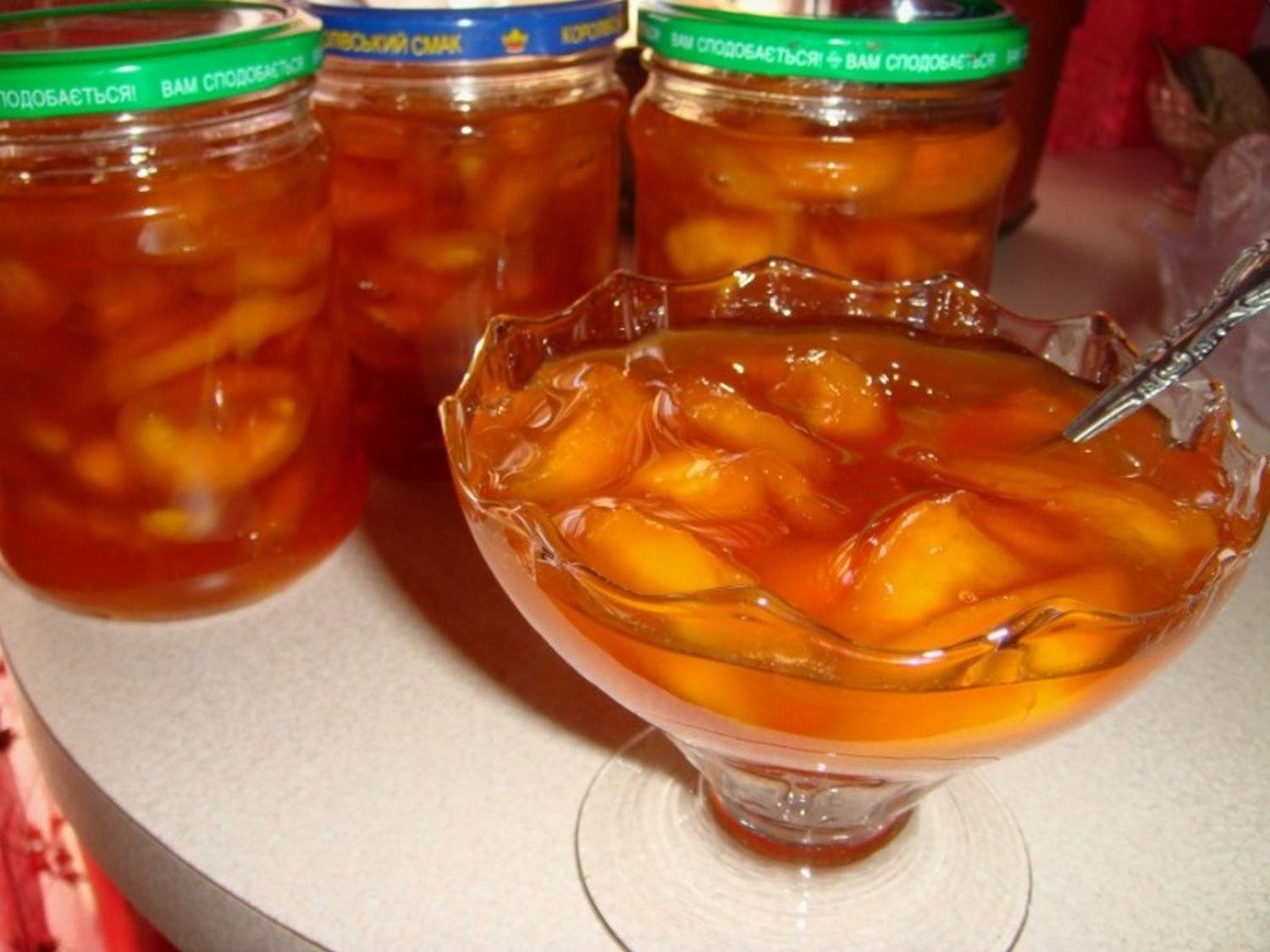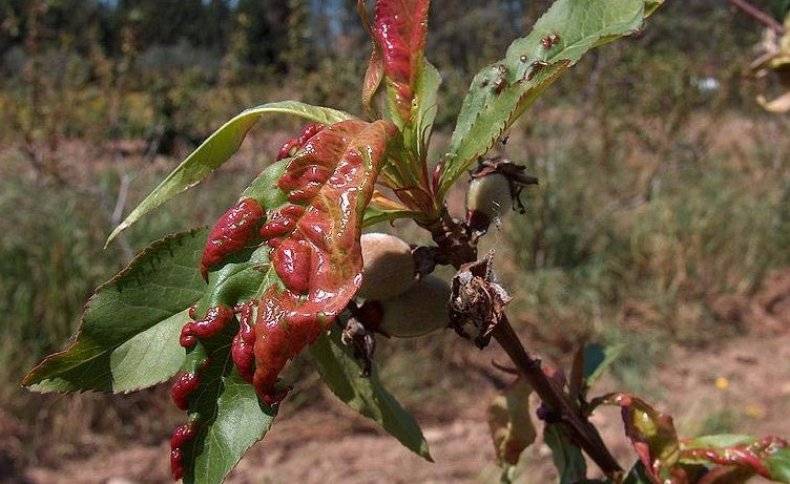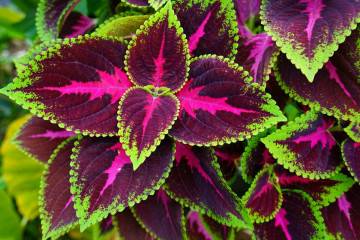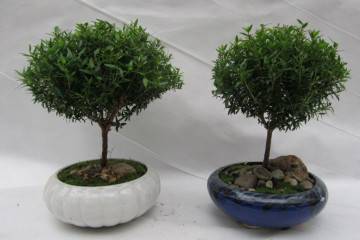Fig peach - what kind of plant
Content:
Fig peach (other names - flat peach, Chinese turnip) is a fairly new fruit crop for Russian latitudes. The fruits of the plant have excellent taste and pleasant aroma. An unusual shape and a small bone give the culture exoticism. The rest of the fig peach resembles the fruits familiar to Russians.
Fig peach - what kind of plant, why is it called so
Fig peach (translated from Latin can be called "Persian plum") is a plant of the Pink family, subcategory Almond. Representatives of the group are distinguished by flat fruits, leaves with arcuate veins, and embossed bones. Like nectarine, the fig peach is a cultivated plant - it does not occur in nature. The birthplace of culture is China.
The mass sale of fig peaches in Russia, Ukraine and Crimea began recently. The variety is associated by many consumers as a hybrid of a peach and a fig. In reality, the white flat peach got its name from its shape.
A short description of what it looks like
Fig peach is a low-growing tree with a wide spreading crown. Leaves are medium, lanceolate, gray-green in color. The kidneys are large, lowered down. The description of the fig peach fruit allows us to determine the average size (3.5x6.6x6.6 cm, 94 g), flat shape, depressed apex up to 5 mm deep, deepened abdominal suture.
The peel is dense, creamy with a blurred dotted or dashed blush of crimson tones, occupying ¾ of the surface of the fruit. The pulp is fibrous, sweet, with a barely noticeable spicy aroma.
The stone is small (3.8 g), flattened to the flat base and top. The sides are squeezed out. The fluff is smaller than the traditional varieties.
Why is "flat" fruit useful?
The rich vitamin and mineral composition of the fruit determines the many beneficial properties of peach figs. Vitamin A and pectin serve as an excellent prevention of oncology, fiber is beneficial to the intestines, prevents the risk of constipation and colon cancer. Given the low calorie content, fruits in small quantities are recommended for use during the period of weight loss.
The beneficial properties of potassium in peach figs have a beneficial effect on the cardiovascular system. Iron normalizes blood formation and the functioning of the body as a whole. Ascorbic acid is a reliable helper in strengthening the immune system. Eating flat fruits helps fight viral diseases.
Varietal diversity of culture
Depending on the type (early, late) and characteristics of the variety, the fig peach differs in appearance and taste. 5 varieties are grown in Russia.
Saturn
Peach Saturn fig was bred in 1820. It is characterized by large fruits with a reddish tinge and tolerates transportation well, thanks to its elastic skin and dense pulp. Fruit weight over 100 g.Saturn is the most popular among gardeners around the world.
UFO-3
The name UFO-3 will appeal to gardeners looking for a small but regular crop. The tree reaches a height of 250 cm. The peculiarity of the variety is the honey taste and pink veins in the pulp. Ripe fruits are juicy, weighing 100-110 g.
Vladimir
Vladimir peach (Vladimir peach) - a medium-sized tree bears fruit well, easily copes with cold and pests. The weight of the Vladimir variety reaches 180 g, the skin is pale, the sides are bulging, a light red hue. The pulp is yellow, sweet and juicy.
Nikitsky flat
Peach variety Nikitsky flat is maximally adapted to the conditions of the Russian Federation. Fruiting in mid-August, attracts with sweet creamy pulp. The average fruit weight is 94 g.
Sweet Cap
Sweet Cap - this is how you can call a high-yielding peach with large, fragrant fruits weighing 100-140g. The pulp is faded, dense, juicy, with a slight sourness. The tree is of medium height, has a spherical, spreading crown. The fruits do not deteriorate during transportation, attack by microbes and cold snaps. The culture brings fruit for 3-4 years.
Belmondo
Belmondo is a medium-late flat peach originating in the USA. Ripens in August. The fruits are large, the average weight is 100 g. The pulp is yellow, the taste is good. Trees grow quickly, give a good harvest. Suitable for cold regions of the Russian Federation.
Donat
Donut is a new medium-ripening flat nectarine variety. The variety is imported from Italy. Fruiting in July-August. Weight fig nectarine - at least 120 g. Fruit color - burgundy, 80-100% covered with dark blush. The fluff is not felt by the hand. Inside, the fruits are white.
How to grow a fig peach
Growing a fig peach is the same as usual. Gardeners successfully use the seed method and vegetative methods: cuttings, layering, grafting. Beginners will be able to cope with planting seeds and grafting. Experienced gardeners will prefer grafting to improve palatability and the ability to cross different varieties on the same tree.
How to germinate a bone
Germinating a tree from a stone will end in a rich harvest, if you follow a number of recommendations:
- Prepare 4-5 juicy and ripe fruits, free from signs of rot or mold.
- Remove the pulp and wash the pit with clean water.
- Soak the seeds for a week.
- After 7 days, in the absence of a sprout, gently split the seeds.
- To land on a permanent place. The depth of the holes is a maximum of 8 cm. Moisten and mulch the planting site.
It is allowed to use another way - to plant the whole bone and immediately after removing the pulp. The seed will go through a period of stratification and germinate after 4 months.
How to plant a tree stalk
To get an excellent harvest, you will have to choose high-quality seedlings that meet the following characteristics:
- Shoots from the lower part of the crown of a tree are suitable for cuttings, the timing of the procedure is the first two decades of June.
- Cuttings should be cut from young, fruiting winter-hardy plants.
- Sapling variety - take root well in the planting region.
- On the roots - there are no dry areas, damage.
- On close examination, the bark is green, alive from the inside, does not leave.
- The appendix (epil) is up to 1 year old.
- The length of the cutting is 60 mm, the cut is made perpendicular to the axis of the seedling, smooth, without chipping.
Sprouts are planted in pits 40x40 cm. The land must be fertile, the planting site is prepared in advance, adding organic matter.
Optimal timing and landing pattern
In the southern regions, the culture is planted in spring and autumn. Choosing the second option, you should have time to carry out the procedure until mid-September. For colder areas, the best solution would be to postpone planting to April.The sprout will have time to adapt and strengthen the rhizome, it will more easily survive the first winter. as a rule, in the spring, the crop is planted in April.
Planting holes for seedlings are prepared in 4-6 months, keeping a distance of 3-5 m, depending on the variety of fig peach. In cold regions, the ranks are formed "according to the principle of a fruit link." The thickened scheme is called "meadow garden". The row spacing is 2 m, the intervals in the row are 0.5 m. Individual fig peach trees form 10-15 fruits each.
Plant care rules
The fig peach requires care, loves warmth and the light of the sun. The gardener is advised to water the crop in a timely manner, feed and loosen the soil, and protect it from pests.
Watering rules and humidity
Peach figs tolerate drought well, but the lack of moisture affects the yield. If the summer is sultry, it is necessary to pour 20-30 liters of water under the tree 2 times / month from June to August.
Top dressing and soil quality
The amount and composition of fertilizers is determined by the quality of the soil. Poor soils require annual replenishment of organic matter and minerals; organic matter is introduced into fertile soils every 2-3 years.
Urea (7% solution) can be the first spring fertilizer for peach buds. This will provide the crop with nitrogen and kill bacteria that hibernate in cracks in the bark and in the topsoil.
If the buds are already blooming, it is too late to introduce urea, the correct solution would be to add 70 g of ammonium nitrate and 50 ml of urea to the loose soil.
In the summer, it is better to feed the peach foliage. The tree reacts well to complex fertilizers, including:
- 100 g of superphosphate water extract;
- 50 g of saltpeter;
- 50 g of ammonium sulfate;
- 30 g of calcium chloride;
- 15 g manganese;
- 10 g of borax dissolved in 10 liters of water.
To increase the intensity of the color and sugar content of the fruit, foliar additions of a solution of 30 g of potassium per 10 liters of water will be useful for a ripening peach.
In autumn, when digging the earth near the trunk, 40 g of superphosphate and 50 g of calcium chloride per m² are added to the soil. Once every 2-3 years in the fall, the soil is saturated with organic matter - humus or compost. Useful properties for fruits will be provided by siderates - oil radish, rape, lupine, rapeseed.
Mulching and shelter for the winter
The tree will survive the winter well and will delight with a high-quality harvest, if you take care of insulation with potash-phosphorus mixtures. Growers form a ring of manure, avoiding direct contact with the peach trunk. Manure saturates the soil with oxygen, prevents the seedling from hypothermia.
Features of flowering and fertility
The fig peach is a fertile crop that delights with a rich harvest by the end of August or mid-September. Fruit size is medium, weight - 100 grams.
The tree also blooms actively, the inflorescences are characterized by soft pink tones, corrugated petals, and a cup-shaped shape. The buds are located singly. The peel is red on the outside, yellow on the inside.
Pests and diseases
The main harm to the peach tree is brought by: aphids, flower-eating weevils, ticks, food moth, Eastern moth (popularly called the Leaf Roll).
Methods of dealing with them
Prevention measures will help to fight pests:
- pruning and burning damaged shoots;
- extermination of the collected carrion;
- loosening the soil under the crowns;
- placement of trapping belts on trunks and skeletal branches;
- elimination of weeds;
- removal of the detached bark on the trunk and skeletal branches.
Copper sulfate (one percent solution) and mineral fertilizers such as Plantafol Start Npk have a negative effect on pests. Processing is carried out after the snow melts, before and at the end of flowering.
Fig peaches are a valuable food product for people of all ages and children.Fresh fruits help to improve mood, are the basis of weight loss diets and proper nutrition. It is impossible to imagine culinary delights without the use of fig peaches. Delicious compotes, preserves, jams, marmalade, candied fruits and bekmes deserve the attention of gourmets.
Fruit essential oils are widely used in cosmetology. The bones, due to the large amount of vitamin B17, are used in the production of cream oils for sensitive skin. Growing a Chinese turnip is not a hassle.





















